Managing risk to create safe opportunities for children
“When children are given visible risk, they rise to it and become very competent.
Providing opportunities for children to experience age-appropriate risk is the responsibility of adults.”
BUT:
Protecting children from hazards is also the responsibility of adults. Hazards are invisible risks that children can't see such as broken glass on an otherwise clean lawn, or a broken toy that could splinter. Because children do not see the hazards, they cannot risk-assess them.
Benefit Risk Assessment
“Focusing not just on the risks of the activity, but on the benefits of the activity.”
At KatieB Kids we empower children to experience safe opportunities and to achieve this we take a proactive approach to assessing risk.
When working with children we recognise that the environment will suddenly change, and that we need to be confident in knowing how to react, to be flexible in making quick assessments of changing environments.
That’s why at KatieB Kids we use dynamic risk assessment to continually observe and analyse risks and hazards in a changing environment. This allows us to quickly identify new risks and remove them.
You will recognise that on many occasions an activity can work really well, supporting your child to cycle to the park for example. But there are always times when it doesn’t work as well, and this can be down to many factors.
In nursery we need to ensure that every activity is kept safe, and so we continuously ask ourselves the following questions:
How many children can safely join is with this activity?
How competent are the children that are playing?
Do the children need specific clothing e.g., footwear / apron?
Do the children need safety equipment e.g., goggles?
Do the children understand the rules for the activity?
Are the children engaged and compliant?
What level of adult supervision does this activity require?
These questions are transferable to use at home too, so taking our previous example, you may let your child take their bike to the park, but if your child had a friend over, you would need to make a judgment. Do you know how competent this child is on a bike? Do they have a helmet? Are you confident in supervising two young children on a bike? Does this child understand to stop at roads, how far to safely go in front of you, and to keep away from the kerb?
The above factors are considered in addition to the risk rating for the activity, which outlines the likelihood of an accident, and the severity of an accident should it happen. A road accident could be very serious, and so a higher level of caution would be taken with this, than letting children play on their bikes at the park, where whilst a child could fall off, it is far less likely to lead to a serious accident.
Considering all the information, adults can consider what measures should and will be taken to minimise the risk.
In nursery we have robust policies to support us to consider and mitigate risk. These are reviewed annually, and more frequently to respond to any situation that arises. Safer recruitment, health and safety, risk management and safeguarding are all policies that ensure the safety of children in our care. We strive to have every member of our team paediatric first aid trained, and ongoing mandatory risk and safeguarding training are in place alongside ongoing continuing professional development.
It is through a commitment to safety, an understanding of responsibility, and a culture of effective risk assessment that our educators are able to embrace and enjoy their role in supporting every child to reach their own unique potential through our innovative and inspiring curriculum.

